From food to flooring, bamboo has thousands of practical uses. But when was the last time someone brought you a bouquet of bamboo flowers? When was the last time you even saw a bamboo flower, for that matter? Perhaps never, because bamboo flowers are both infrequent and inconspicuous. Or you may have seen a blossoming bamboo and not even realized it.
The flowering schedule of bamboo is one of the many amazing features of this remarkable plant. Most species of bamboo flower on a pretty regular schedule. Generally, you have to wait about 40 or 50 years, in some cases as long as 130 years to see your bamboo produce flowers. And once the bamboo flowers, the plant will die off and reseed. That’s called monocarpic flowering. There are also polycarpic bamboos that can flower multiple times before dying. What is especially interesting is when every member of a certain species blossoms at the same time. That’s called synchronous or gregarious flowering, and it can happen worldwide.
No, bamboo flowers might not be very spectacular to look at. They look more like a stalk of rice or barley than something you would put in a vase. But bamboo flowers can be a fascinating thing to study.
NOTE: This article first appeared in June 2019, most recently updated in March 2024.
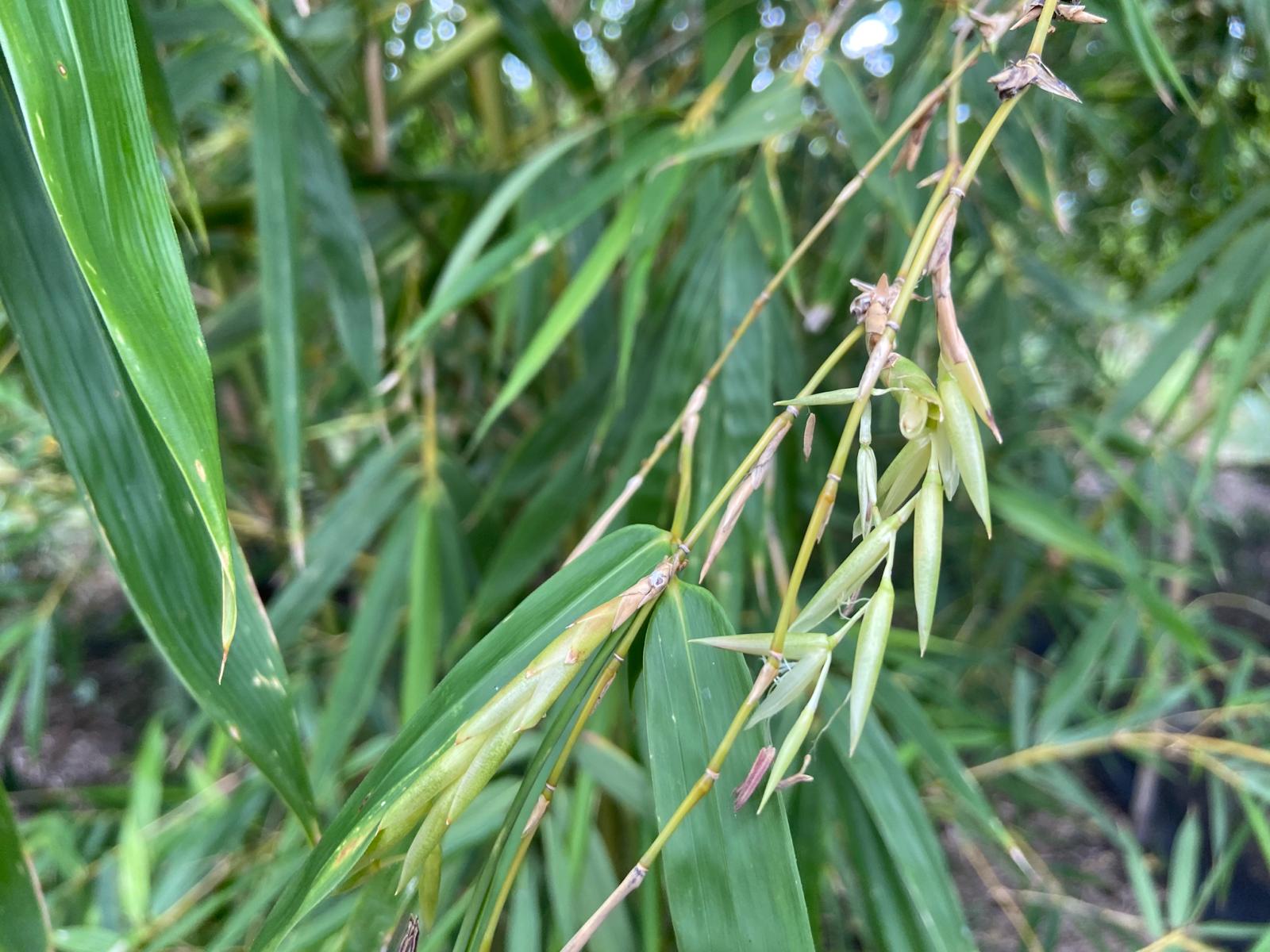
How often does bamboo flower?
Like most characteristics of bamboo, the answer to this question varies greatly between species. There are, after all, more than 1,200 varieties of this noble grass.
The short answer is: rarely. Bamboo flowering cycles are generally very long, often between 40 to 60 years. In some cases, more than 120 years will pass between blooms. Clumping bamboos typically have shorter periods of a few decades, while temperate bamboos like Phyllostachys tend to have cycles closer to a century. Japanese Timber Bamboo, Phyllostachys bambusoides, probably has the longest flowering interval, at approximately 130 years. And because the period is so long, most gardeners will only have one chance in a lifetime to see these species flower, if they’re lucky.
As a result, the flowering cycles of bamboo are not entirely well understood, and remain something of a mystery. But we do know a few things.
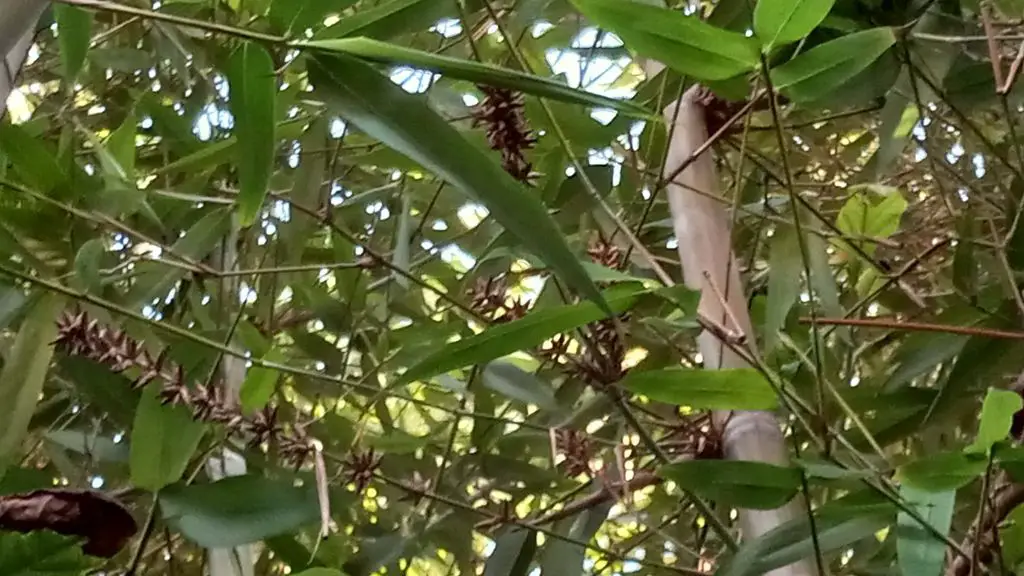
Flowering terminology
To better understand the nature of bamboo flowers, it will be helpful to review some botanical terms and concepts.
- Monocarpic: This describes a plant that will only flower once and then die. The majority of monocarpic plants are annuals, including most grains and vegetables, which go through their whole life cycle in a single year. Most and maybe all varieties of bamboo are monocarpic. Bromeliads are another example of a monocarpic plant that is not an annual. It may take some years for the plant to flower, and afterward, the plant dies.
- Polycarpic: Flowering multiple times before dying. This is the opposite of monocarpic. This is the case with fruit trees and a few vegetables like artichokes. Some bamboo species are polycarpic, but it seems much less common.
- Gregarious flowering: Also called mass flowering or synchronous blooming, this refers to plants of a given species that all bloom at the same time, regardless of their location. This is one of the most fascinating characteristics observed in several species of bamboo. Species that exhibit this unusual behavior are generally monocarpic.
- Sporadic flowering: Each specimen flowers on its own schedule, and not on a mass scale. Many bamboos flower sporadically, but with the same interval. And other bamboos flower unpredictably, so you have no idea how long it will take to flower.
After bamboo flowers: To die or not to die?
In most cases, a bamboo plant will flower, go to seed, and then die. This is what’s called monocarpic flowering. It’s characteristic of annual plants that have one growing season, then flower and die within the year. Most botanists will classify bamboo as monocarpic, but that’s not true for all species.
Many bamboo growers claim that they have had bamboo plants survive through flowering. In most cases, they will die off completely. But there are exceptions, especially in cases of larger, more mature and well-established bamboo plants. I’ve never seen this happen myself, but I’ve spoken with bamboo growers who say they have. I have also seen dwarf bamboo specimens flower intermittently, only on a few stems, without the plant dying.
Around 1908 there was a gregarious flowering of Henon, in which all the plants died, but no seeds were produced. Yet, by some miracle, we still have Henon growing in Asia, Europe, and North America. And nearly 120 years later, it’s all flowering again. Some say it’s all going to die. But others say it will merely die back, and with some tender loving care, the rhizomes may survive. It’s possible that other factors, like climate, can affect the plant’s chances of survival. Again, the science at this time is inconclusive.
I’ve also heard of smaller bamboo varieties, including Indocalamus tessellatus and some Pleioblastus, which have flowered intermittently, on just one or two stems at a time, without the whole plant dying. Many of the herbaceous bamboo species also flower sporadically and repeatedly. So there are definitely some exceptions to the common belief in bamboo’s monocarpic flowering.
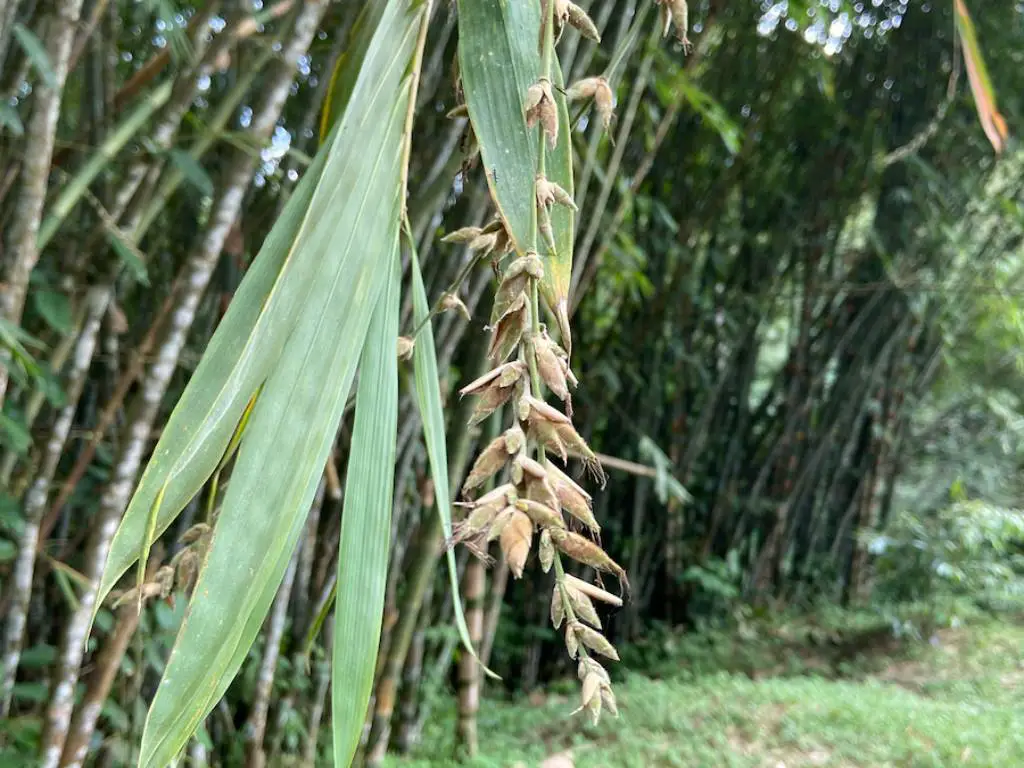
Gregarious bamboo flowering
This exotic behavior remains one of bamboo’s greatest mysteries. As if there is some kind of alarm clock in the cells of certain bamboo species, every individual member of that species will flower at the same time. This is especially bizarre because the flowering periods are so long and irregular. And it happens on a global scale.
Phyllostachys bambusoides, also known as Japanese timber bamboo, is one such example. Typically, based on historical records, it has a flowering interval of 120-130 years. Then every specimen of P. bambusoides—regardless of its location around the world—will blossom, go to seed and die. The most recent mass flowering of this species took place in the late 1960s.
Phyllostachys nigra, including the original black bamboo species and Henon subspecies, also flower gregariously. At the time of writing this article, all the P. nigra in the US, and possibly the world, have been in the midst of a massive flowering event that started in 2019. This could last a year or two, and we expect most plants to expire when it’s over. Some well-established and well-pampered specimens may recover, but smaller plants probably won’t survive. (See the photo at the top of the article for an example of Henon in bloom.)
Bambusa balcooa, an important species in India, has a gregarious flowering habit, with an interval of about 40 years. The last mass flowering took place around the mid-1980s.
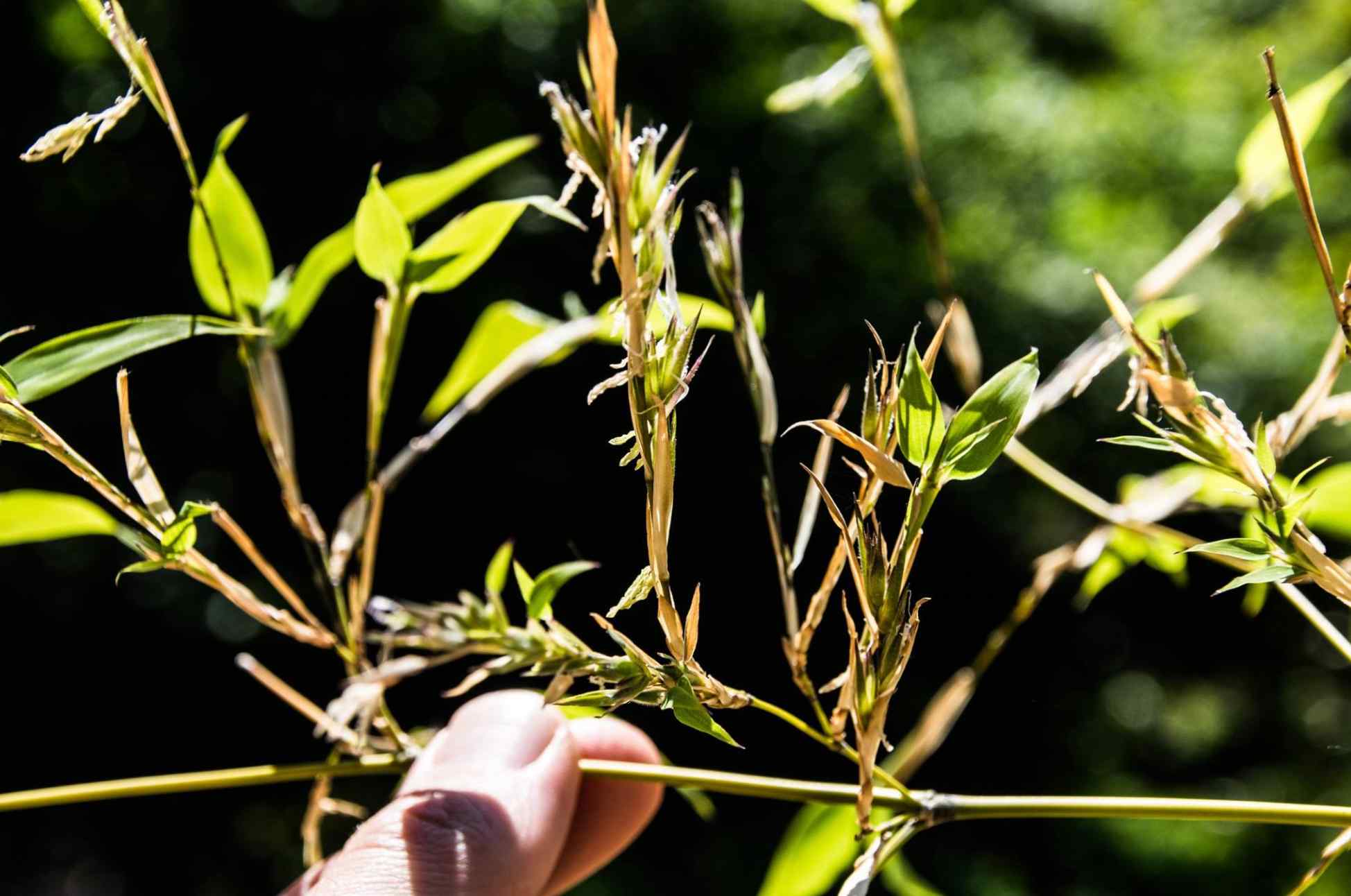
Most bamboo in the genus Fargesia have a pretty regular and predictable flowering period, with an interval ranging from 40-60 years, depending on the species. This has been a serious issue for the giant pandas who rely on a few varieties of Fargesia for their specialized diet. When one species of Fargesia flowers gregariously, all the plants of that species go to seed and die. As a result, the pandas can suffer a dangerous food shortage.
Mautam: Mass flowering crisis
Probably the most exceptional case of flowering in bamboo, or perhaps any plant species, occurs with Melocanna baccifera. In an event called Mautum, meaning “bamboo death”, every member of this bamboo species flowers and leads to a famine in the region.
In northeastern India and parts of Myanmar, this variety of bamboo covers vast areas of forest. Every 48-50 years or so, all the M. baccifera blooms, goes to seed, and sparks an unexpected environmental cataclysm. The last time it happened was in 2006.
The unfortunate series of events runs something like this. After about half a century of ordinary vegetative growth, all the bamboo across the region flowers and turns to seed. Because of the general size, shape and geographic location, the seeds of bamboo are often called bamboo rice.
Although it has little or no culinary value for humans, the sudden proliferation of bamboo rice in rural, northeast India is a great boon for the local rodent population. Rats flock to the fields to participate in this once-in-a-lifetime feast. And as they do so, their population skyrockets.
This is all wonderful for the rats and their burgeoning families. And it’s of little consequence to the people in the area, so long as the rats are well fed. But once the bamboo rice runs out, chaos and panic ensue. Enormous numbers of hungry rats now raid the surrounding villages, decimating storehouses of grain, leading to widespread famine.
In 1966, the Mautam occurred, and warnings from village elders were dismissed as an ignorant superstition. Subsequently, crops were destroyed, many starved, and a major political uprising took place. The obvious lesson here: listen to your elders.
When the cycle returned in 2006, local officials were far better prepared. Indian army and local militia had been anticipating the Mautam for two years. Local villagers had been growing other crops, as well as fragrant plants like ginger and turmeric to help ward off the invasive rodents. Their preparations paid off, and famine was averted.
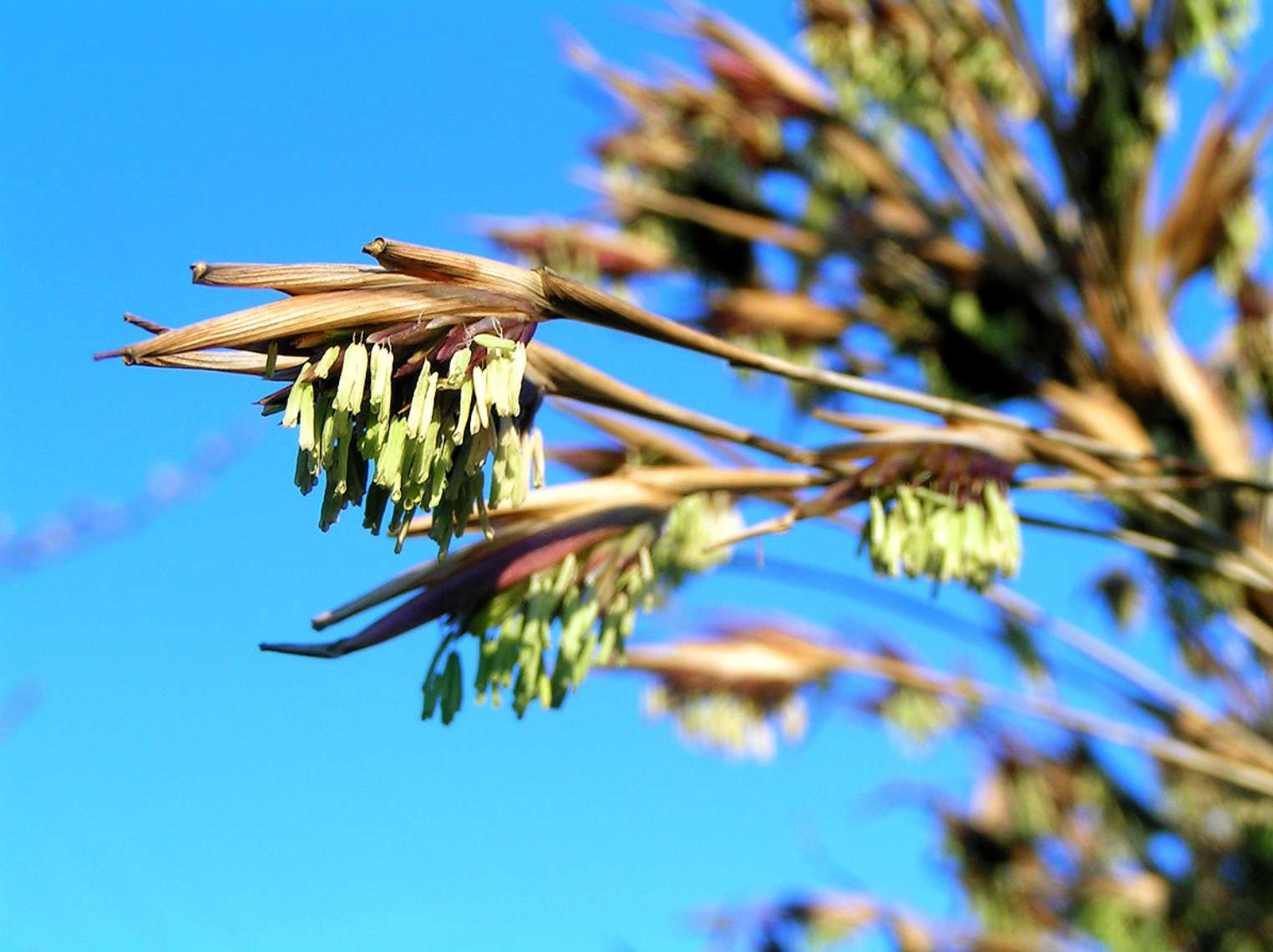
Sporadic flowering bamboo
It’s fascinating to see bamboo flowering gregariously, but it’s also a difficult event to measure. Given the nature of bamboo, so many species with such a close resemblance, and the lengthy intervals between flowering, it can be difficult to maintain reliable records. But it turns out that many varieties of bamboo flower on a less predictable schedule.
Guadua and Dendrocalamus bamboos seem to have primarily non-gregarious flowering habits, with varying intervals, between 30 and 60 years.
Phyllostachy edulis, or Moso bamboo, is a variety that flowers sporadically (non-synchronously) roughly every 60 or 70 years. This is surprising, considering the gregarious behavior of its cousins, P. bambusoides and P. nigra.
Other species, like the beloved Bambusa oldhamii, hardly ever flower. And despite persistent research, no one knows exactly how frequently or why oldhamii flowers. It does not appear to happen at a regular interval, and many botanists hypothesize that flowering could be stress-induced in this species.
Bambusa vulgaris, or common bamboo, also flowers very rarely. Despite being one of the most widespread tropical species around the globe, no one is quite sure when the last time any of them flowered. The species manages to propagate itself pretty successfully with the help of humans and culm-cuttings.
Limited observations of the genus Sasa suggest that some of these small but vigorous plants may actually be polycarpic, meaning they can flower more than once before dying. This would be unusual for bamboo, but not impossible, as the flowering behavior of bamboo remains only partially understood. And I have recently learned that many of the herbaceous bamboo varieties also flower repeatedly.

Bamboo flowers and bamboo seeds
After a plant produces flowers, the next logical step is for those flowers to turn to seed. Bamboo is no different in this respect. Many plants and trees will produce a fruit to protect the seed. This is not so common with bamboo, but there are a few bamboo species, like Melocanna baccifera that use this strategy.
If your bamboo flowers and goes to seed, you should definitely collect as many seeds as possible. They could be valuable, especially when you figure that the plant itself will probably die. But not all the seeds will be viable. Some species like Dendrocalamus strictus (“male bamboo”) and Bambusa blumeana (“female bamboo”) are not believed to produce viable seeds.
Finding good bamboo seeds can be very difficult, but we have a reliable source in China with a few dozen species. Contact us for details and prices.
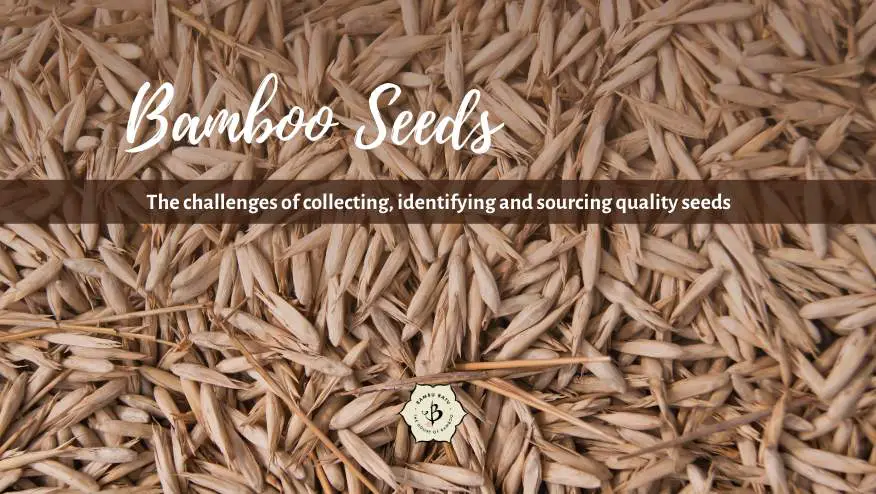
Further reading
For more fun facts about bamboo, check out some of our other articles.
- 20 Best bamboo gardens in the world
- Pandas and Bamboo: A specialized diet
- The most common kinds of bamboo
- What’s so great about bamboo?
- 12 Common questions about bamboo
FEATURED PHOTO: Phyllostachys nigra ‘Henon’ bamboo flowering in December 2023 in Portugal. Photo by Fred Hornaday.
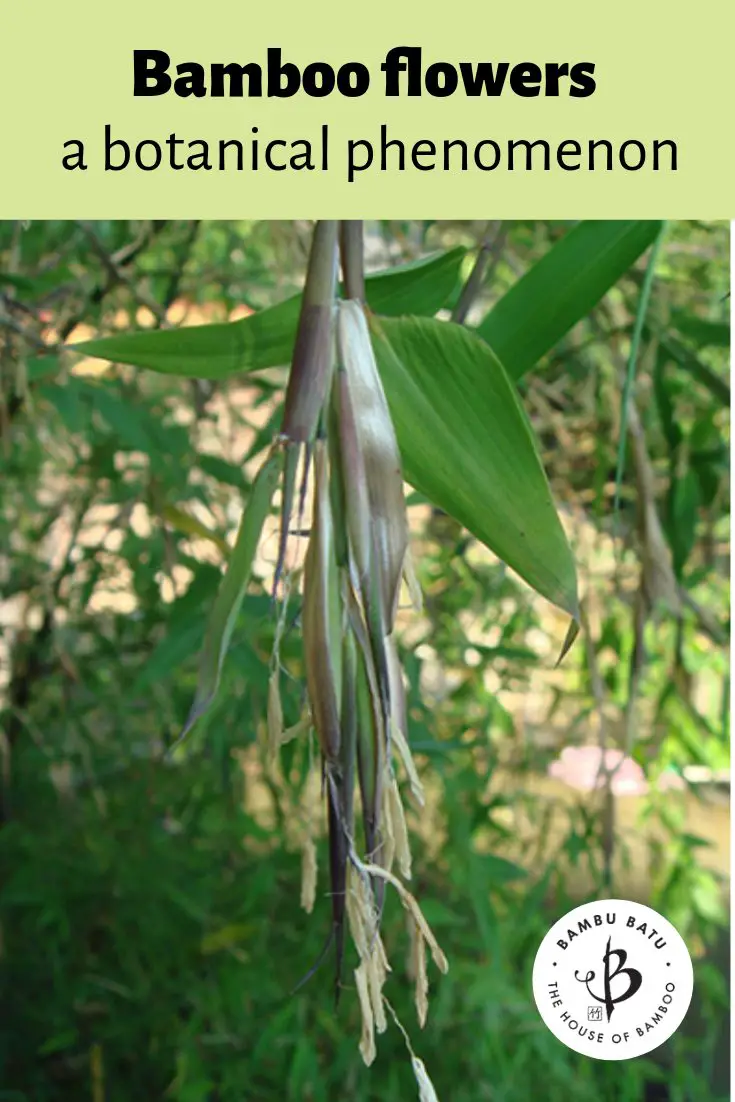

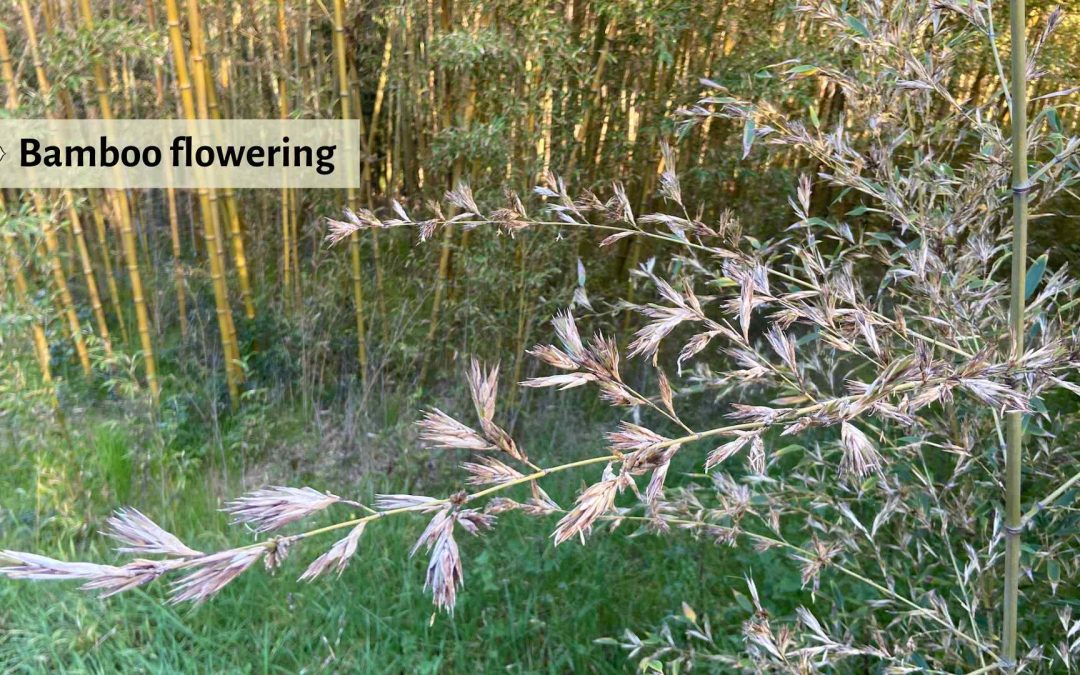
























So delighted to read all this information, utterly fascinating .. especially as one of my bamboos has flowered and died. I’ve left it in situ to see what happens. Here in Bath.
I hope the rhizome recovers and puts up some new shoots this spring!